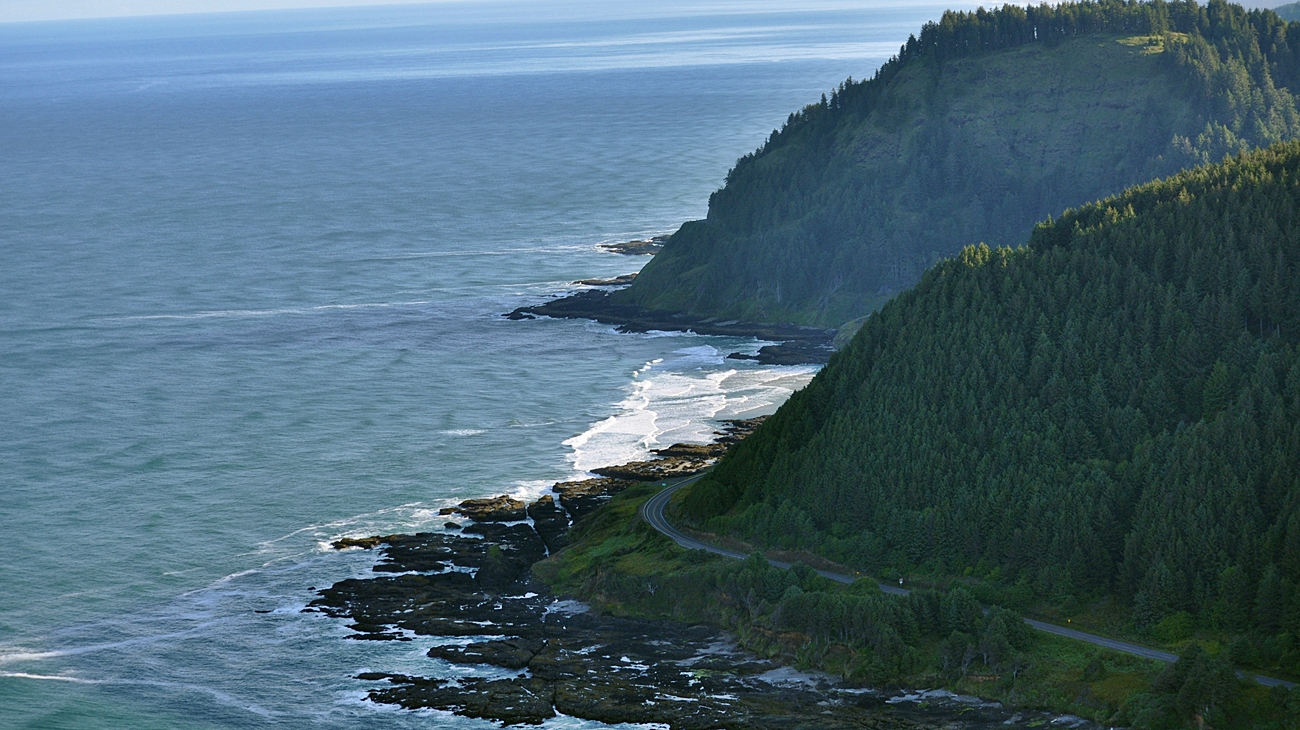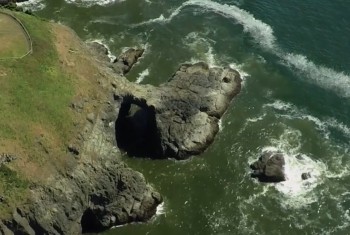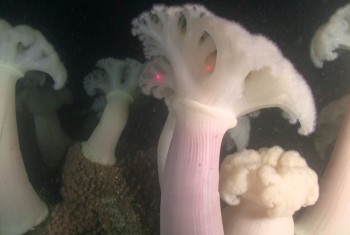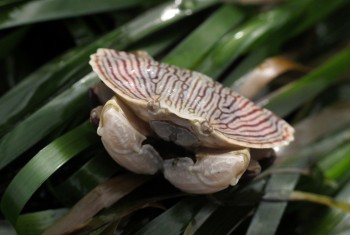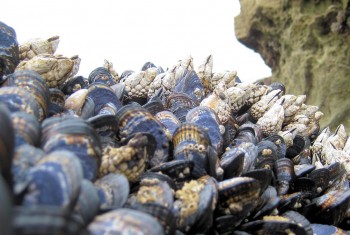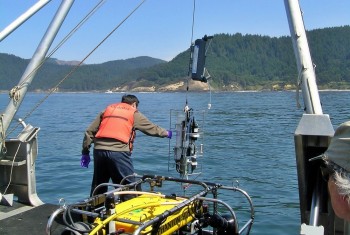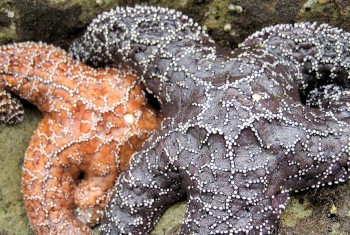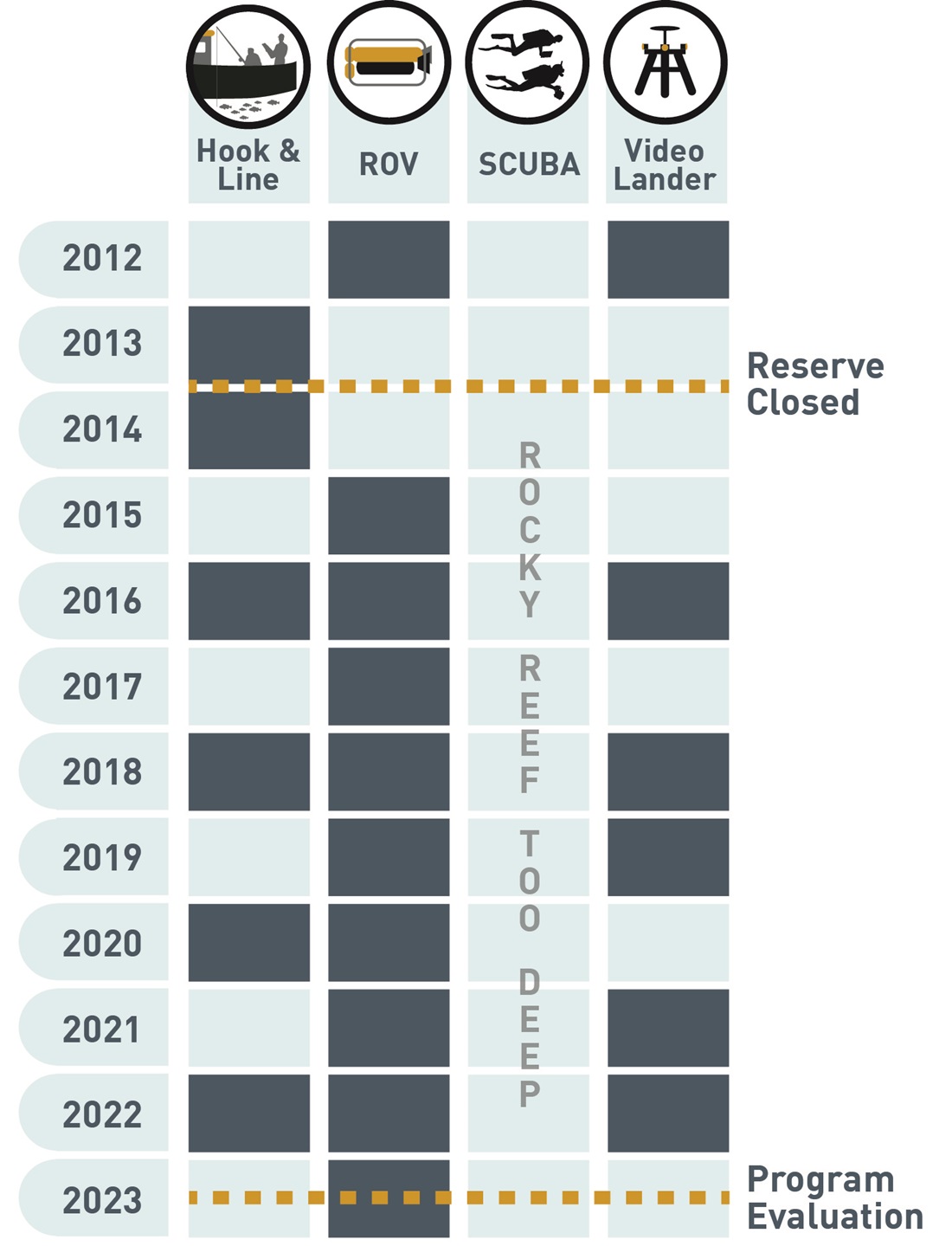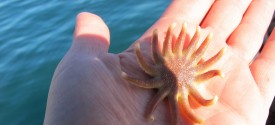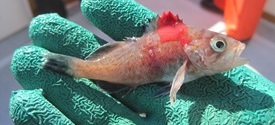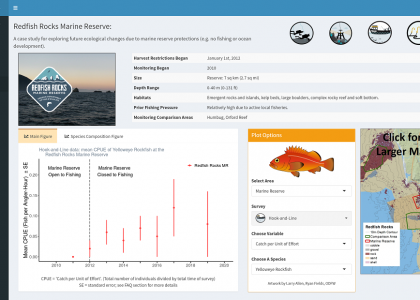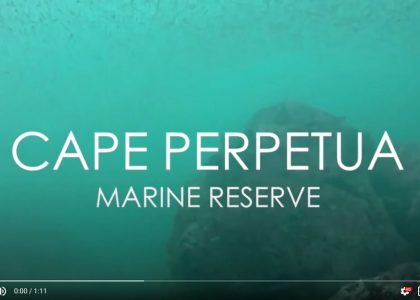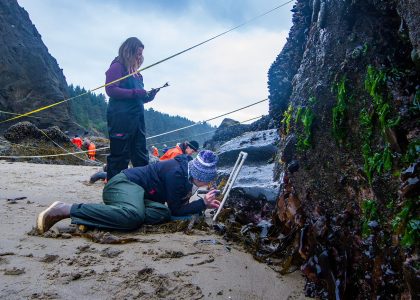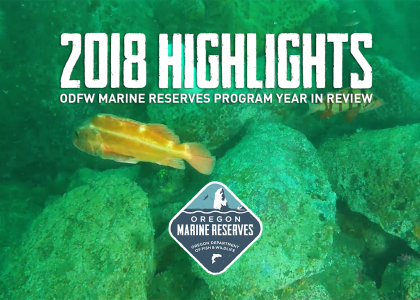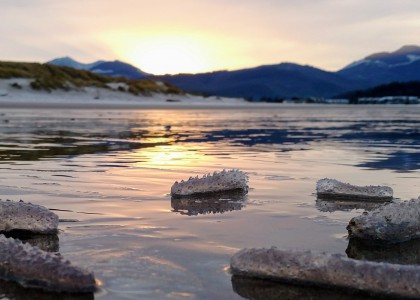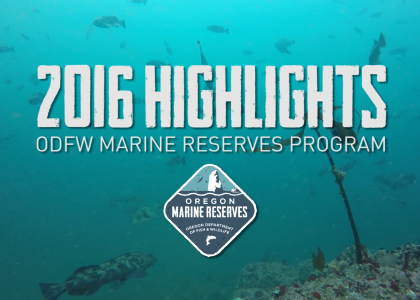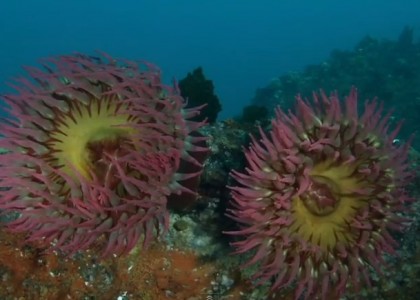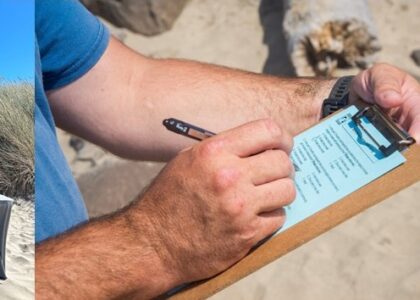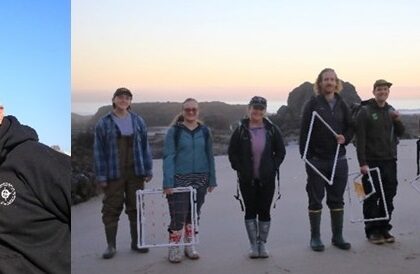The Cape Perpetua Marine Reserve is Oregon’s largest marine reserve. The site is located off the central Oregon coast stretching between the towns of Yachats and Florence. The site includes a marine reserve, two Marine Protected Areas (MPAs), and a Seabird Protection Area. Explore more about the site here or check out the Cape Perpetua Management Plan.
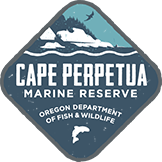
Marine Reserve
No take of animals or seaweeds. No ocean development.
MPA
No ocean development. Some fishing activities are allowed. See the site specific rules here.
What Makes Cape Perpetua Unique
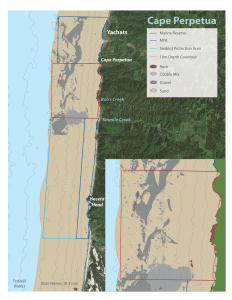
Beneath the Surface
The rocky shores of the marine reserve and North MPA host some of the most biologically diverse rocky intertidal habitats found anywhere in the Pacific Northwest. Underwater, the reserve and MPAs are dominated by sand and gravel habitats. The site also features a deep, isolated rocky reef home to a wide diversity of groundfish and invertebrates. Upwelling, followed by periods of relaxation, create highly productive waters around the Cape Perpetua area. These waters are also known to experience episodes of hypoxia (low oxygen) and acidification (low pH).
From Land
Visitors have many opportunities for wildlife viewing and other outdoor recreational activities in and around this area. Hike, explore tidepools, or find views overlooking the reserve at the Cape Perpetua Scenic Area. Adjacent to the reserve is protected old growth coastal rainforest. This area also boasts Oregon’s highest concentration of marbled murrelets, a threatened seabird that nests in old growth trees on land. Other attractions include Sea Lion Caves, where you can view Steller sea lions, and the Heceta Head Lighthouse.
Planning a Visit?
For more Cape Perpetua activities, including hikes and viewpoints, visit this activity guide to plan your trip.
| Harvest Restrictions Began | January 1, 2014 |
| Monitoring Began | 2012 |
| Size | Reserve: 37 sq km (14.3 sq mi) MPAs: 49 sq km (19 sq mi) Seabird Protection Area: 58 sq km (22 sq mi) |
| Depth Range | 0-55 m (0-164 ft) |
| Habitats | Mostly soft bottom habitats. Small, low-relief, isolated rocky reef in deeper water. Rocky intertidal habitats. |
| Habitat Connectivity | Isolated rocky reef entirely contained within the reserve. |
| Prior Fishing Pressure | Relatively moderate fishing pressure on groundfish in rocky reef habitats. Relatively high fishing pressure on crab in soft bottom habitats. |
| Monitoring Comparison Areas | Seal Rock and Tokatee |
Design & Placement Matter
The ODFW Marine Reserves Program uses different monitoring tools tailored to each of Oregon’s marine reserves based on the reserve’s size, habitats, depths, prior fishing activities, and other unique characteristics of each reserve.
The Cape Perpetua Marine Reserve has a deep, isolated rocky reef — which is unique to this area as sand and gravel habitats tend to dominate in this region. There is no rocky reef habitat at a similar depth, with similar oceanographic conditions and fishing pressure, anywhere in the nearby vicinity.
Sampling Approach For this marine reserve we are looking at how this isolated, rocky reef marine community changes through time. We’re also looking at how these trajectories of change inside the reserve compare to other, shallower rocky reef habitats in nearby areas outside of the reserve over time.
Long-term Monitoring Hotspot The rocky intertidal habitats in the Cape Perpetua Marine Reserve are a hotspot of biodiversity. Scientists from Oregon State University (OSU) and PISCO have been monitoring the dynamics and intertidal species here for decades. In addition, scientists from OSU, PISCO, and ODFW have been conducting oceanography, hypoxia, and ocean acidification studies in this area since the early 2000s.
